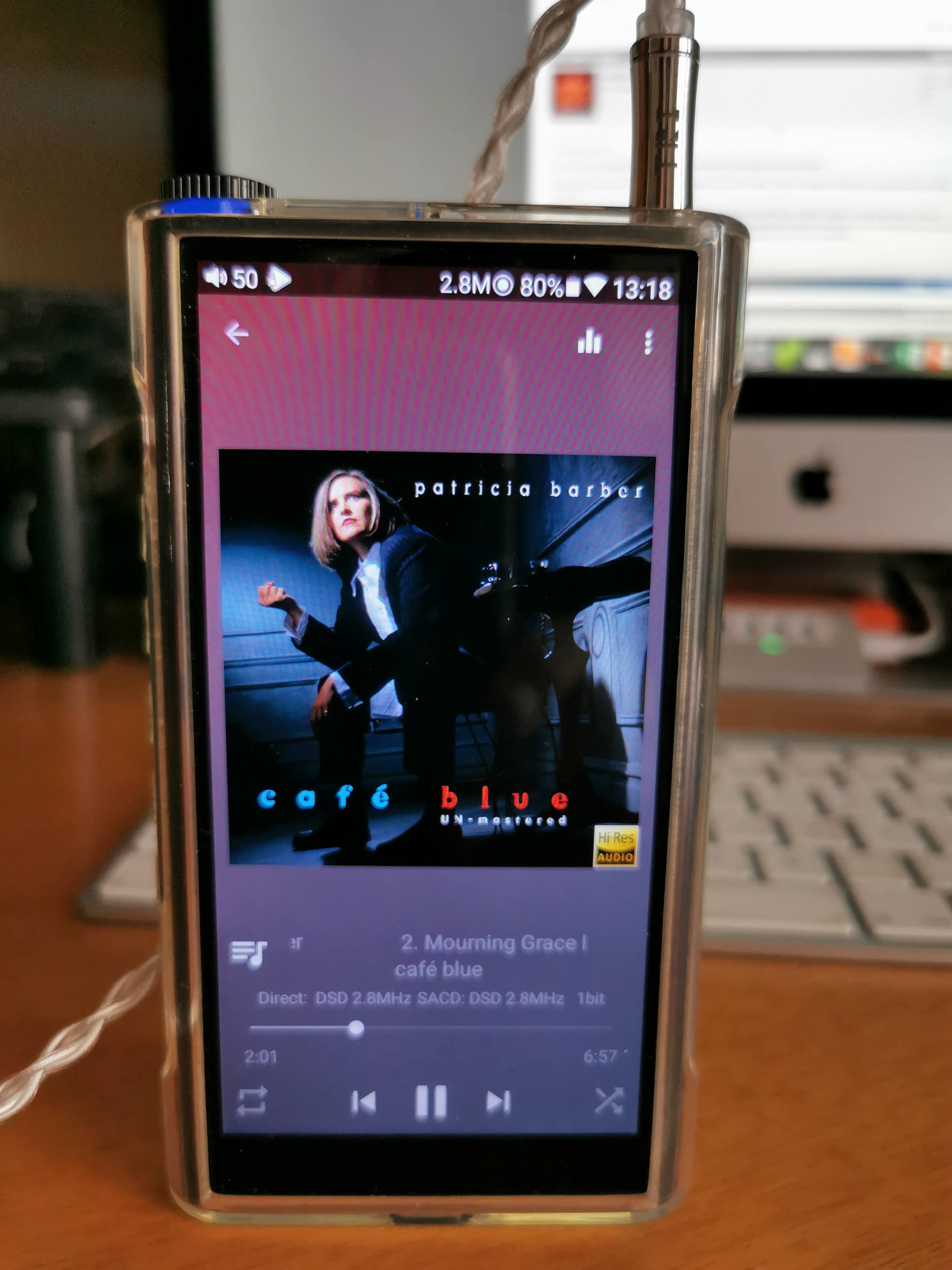rlw6534
Headphoneus Supremus
If the Hiby R5 is playing everything at "source" bitrate then its bit-perfect so that is excellent.
On my Cayin N6ii the Amazon music is up-sampling every track to 192Khz, which is not ideal but better than forcing everything to 48Khz I suppose.
Now I understand, my Hiby R5 is also apparently upsampling everything to 192Khz (based on the status bar). I haven't checked the Fiio M11 Pro but I suspect it is the same. Does upsampling change the sound? A quick Google search seems to indicate it doesn't, but I'm not convinced. I'm pretty sure bit-padding to 24 bit is transparent.






















